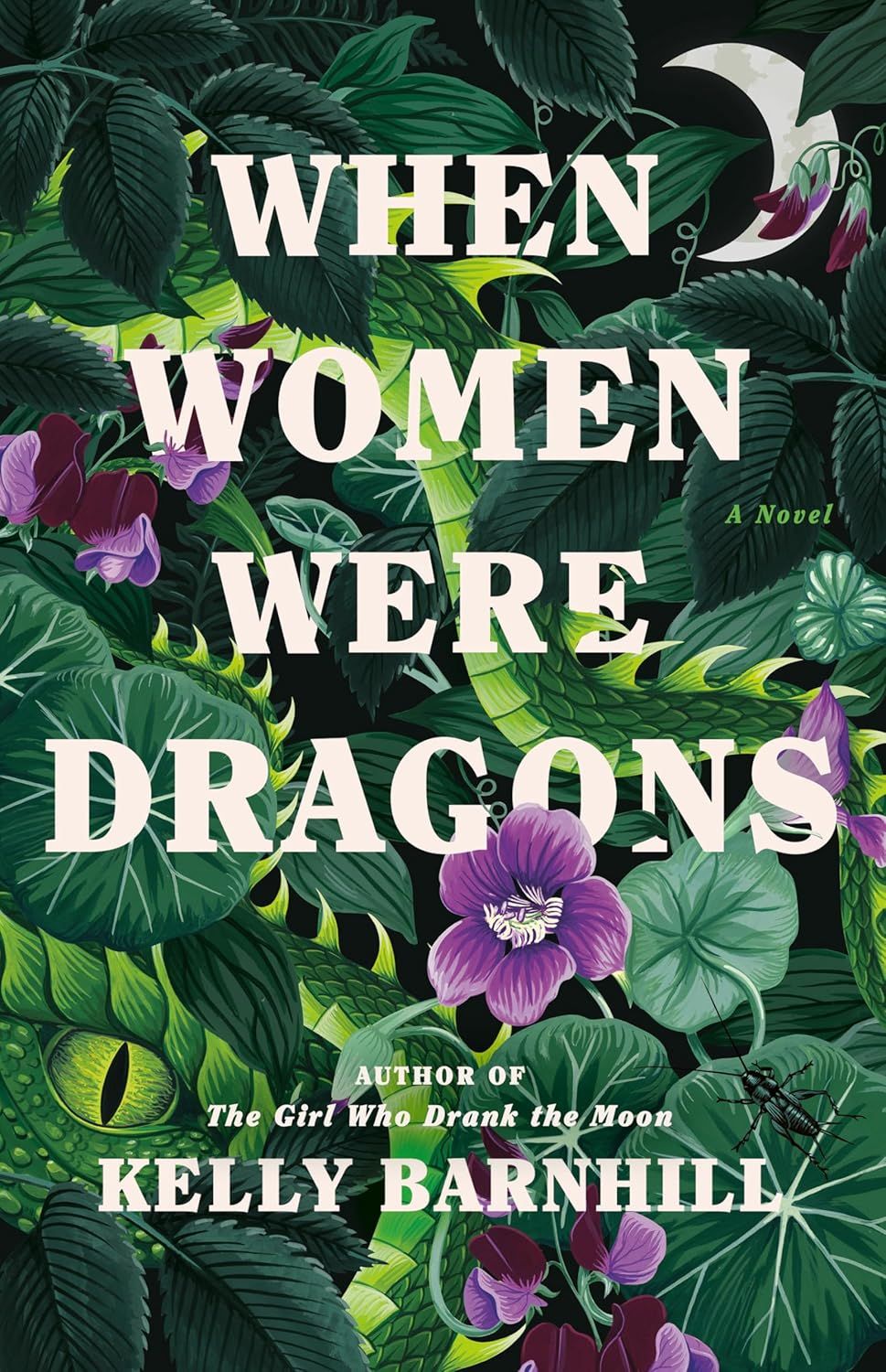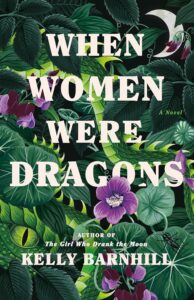
When Women Were Dragons
When Women Were Dragons
“When Women Were Dragons,” by Kelly Barnhill. Copyright 2022, Doubleday (340 pages, $28.00).
Content Warning: Death of a parent, abandonment, sexism, cancer, misogyny, homophobia.
“I was four years old when I first saw a dragon. I was four years old when I first learned to be silent about dragons. Perhaps this is how we learn silence – an absence of words, an absence of context, a hole in the universe where the truth should be.”
In her debut adult novel, Barnhill explores the rage and rigidity of forced limitations on women. Barnhill uses 1950s suburbia as the backdrop for a world that is unaccepting of anyone not maintaining the status quo that people in power have placed upon the masses. Alex, the main character, is a young girl the first time she sees a dragon. She stumbles upon it in her elderly neighbors’ yard and never speaks of it, somehow knowing that were she to ask questions, she would receive no answers.
As the story progresses, Alex grows up, always learning and always questioning, but is ultimately stopped and forced into roles that are not meant for a student or a child like her. She never wanted to teach alculus to a room full of high school boys, nor did she ask to be moved out of the only home she’s ever known, forced to raise her little cousin once her father remarries. All of these responsibilities are thrust upon her under the guise of “a nice girl would” and if Alex asks for anything that steps out of line of what a nice girl is, she is selfish, she is dragon-like.
When her cousin tries to live their authentic life and begins questioning the rigidness of what society has named “proper,” so too, does Alex. She fights to push aside the restrictions and biases learned from her parents and teachers; the rhetoric of believing that all dragons are inappropriate and horrible and selfish.
We see Alex’s life unfold, and how she’s able to learn and grow and accept the newness of things, even against a society that is so opposed to change. We see her accept that women turning into dragons is how women connected their hearts and their minds, making them harmonious, whole, and at peace.
After all, why be confined to a box when you can unfurl your wings? Why be conformed when you can live freely, without reservation?
That’s all Alex wants. What about you?
Kayleigh Dyer is a Library Technical Processing Assistant at May Memorial Library. Contact her at kdyer@alamancelibraries.org.
